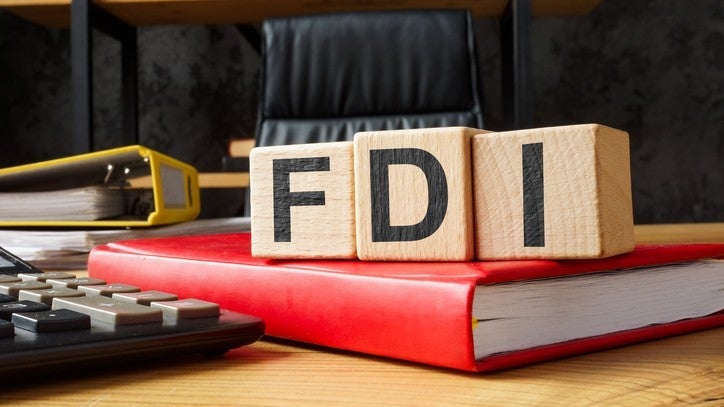Since its January
launch, US-based online social finance website payoff.com has got
off to a flying start. Payoff has attracted a notable list of angel
investors and built a bank-centric PFM community. As Charles Davis
reports, the site is based on the message of positive reinforcement
of financial goals.
 Fnance and fun are terms seldom linked together in
Fnance and fun are terms seldom linked together in
the popular imagination. But a gaming twist on personal financial
management might do the trick, if the social finance website
Payoff.com is anything to go by.
Payoff.com launched in
January with the goal of making financial solvency a game –
literally. It has built a new type of personal financial management
(PFM) and financial account aggregation utility powered on the
back-end by Yodlee that addresses the unmet needs of a wide
cross-section of US consumers compared to competing personal
finance websites.
It features a heavy dose of
social networking, allowing users to share dreams, goals and
accomplishments with their friends and garner their support, earn
badges and win prizes, as well as view their historical spending
categorised by major merchants such as Safeway, Starbucks and
Victoria’s Secret.
“Debt steals dreams,” says
Payoff.com CEO and founder Scott Saunders. “With trillions in
consumer debt, a lot of dreams are being lost. Spreadsheets, pie
charts and line-by-line budgets are great for financial analysts
but suck for the average American.

US Tariffs are shifting - will you react or anticipate?
Don’t let policy changes catch you off guard. Stay proactive with real-time data and expert analysis.
By GlobalData“Payoff.com offers debt
ridden consumers a way to get a better handle on the big picture
and a clear path to pay off their debt, meet their savings goals
and fulfil their financial dreams.”
The entire site is based on
positive reinforcement. Users earn ‘badges’ for smaller
accomplishments along the road to their goals – such as paying off
a credit card, or making 25% progress in getting toward their goal,
for checking their credit score or even for just signing in to
check their finances on a daily basis.
Those badges are posted
publicly on the site and are applauded by others. Every badge earns
the user entry into a sort of sweepstake, with ‘sur-prizes’ from
participating advertisers.
While most third-party PFM
providers make money by taking a cut of indiscriminate product
offers, Payoff.com has a completely different approach: it pitches
products only from banks the consumer already has a relationship
with.
This addresses a major pain
point for banks with regards to PFM sites: disintermediation. Banks
have little interest in partnering with a PFM site that is
constantly offering its customers a better deal at a rival
institution.
Saunders says banks are more
likely to participate if they know their competitors’ products were
not being pitched. Payoff.com is also seeking deeper merchant
involvement, which Saunders says would encourage consumers to
increase their level of participation by building on the trust they
already have with those companies.
Payoff plans to get merchants
involved by allowing them to offer rewards to consumers who reach
certain savings goals or hit certain milestones along the way. For
example, a home improvement or furniture store could offer a gift
card or coupon to consumers about to reach their goal in saving for
a new home.
This system helps encourage
spending with those merchants. According to Saunders, Payoff.com
wins by building on the brand loyalty those merchants already
enjoy.
“The idea is to get brands
involved in helping people achieve their dreams and goals,” he
says.
This differs from
merchant-funded rewards programmes that banks offer. In those
structures, offers and rewards are triggered by a consumer’s past
spending habits, rather than by their new resolve for
saving.
“If we can embrace people’s
existing bank relationships, we can allow financial institutions to
participate with the system of badges, rewards and offers through
our platform,” he explains.
This strategy, by its very
nature, limits its potential universe of customers and merchants.
The number of people who budget and plan aggressively and who set
goals and work toward achieving them probably total no more than
15% of the population, according to a host of studies on financial
planning, and merchants who want to reward this subset are a
limited group as well.
Saunders is undaunted, as he
sees the potential for unlocking social networking on a PFM
platform that works with banks as a natural ally for financial
services providers.
“Banks look at PFM sites and
often quite correctly conclude that they are undermining their
efforts by disintermediating them. We want to work with our partner
banks, not against them,” he says.
Payoff.com has secured
funding from a star-studded list of angel investors including Betsy
Bernard, the former President of AT&T; Kai Huang, founder of
Guitar Hero; Jim Nordstrom, former president of Nordstrom; David
Solomon, global co-head of investment banking at Goldman
Sachs.
Payoff certainly has its work
cut out for it: today in America there is more than $14trn in
consumer debt including mortgages. Nearly 25% of Americans have
negative equity in their homes and more than 2m people have
negative equity greater than 50% or are at least $150,000 ‘upside
down’ on their mortgages.
More than half of Americans
carry unpaid balances on their credit cards that average $16,000
and the average student loan debt for graduating seniors has risen
to $24,000.
Saunders said that Payoff.com
has built a bank-centric PFM community – motivating and educating
individuals, providing revenue for advertisers and encouraging
connection with popular brands.
The money management aspect
of this website is also based on psychological rewards. Saunders
points out that there are no red warning flags or red bars on
charts to remind users that they are falling short of their
goals.
As current account, credit
card, and debit card info is downloaded into the user’s online
Payoff account, it is automatically categorised by
brands.
“This reflects the way that
consumers think about their spending,” Saunders says.
“We are taking the abstract and making it concrete, so
planning reflects spending, in real life.”








